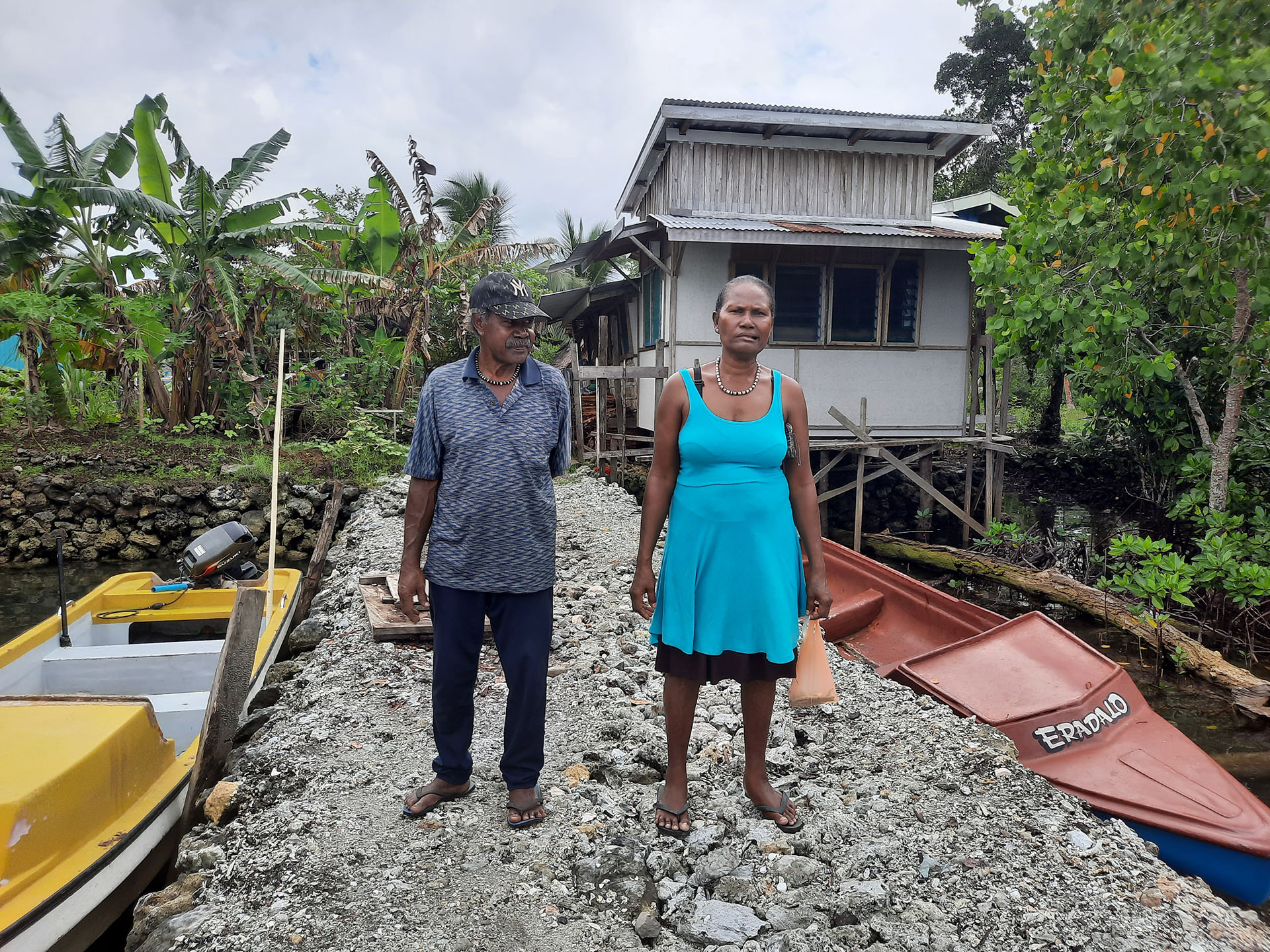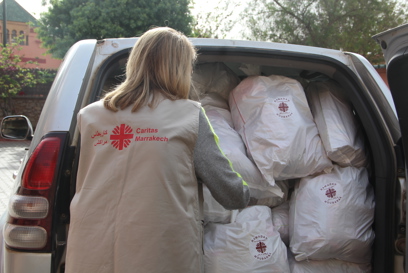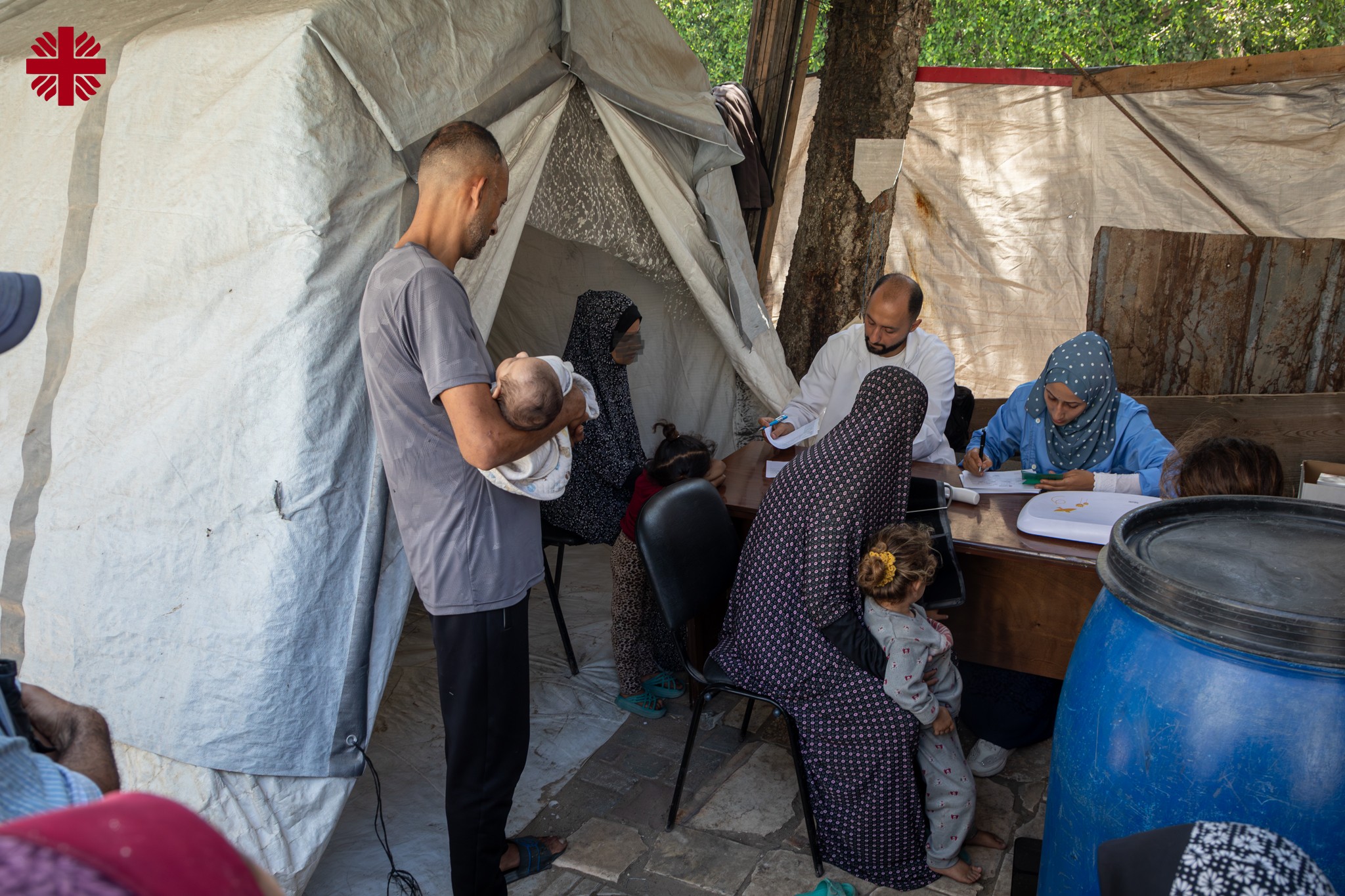Ahead of the November COP29 meeting in Azerbaijan, communities from the Pacific are highlighting the urgent, direct impact of climate change on their lives.
Despite contributing only 0.5% of global greenhouse gas emissions, small island nations in the Pacific are bearing the brunt of climate change.
Our Pacific partners tell us that they are seeing firsthand the effect that climate change is having on their communities - from rising sea levels inundating their villages to more frequent and intense extreme weather events.
What is the impact of climate change in the Solomon Islands?
The Solomon Islands is one of the countries on the frontlines of climate change. The archipelago has always been vulnerable to natural disasters as it is situated in the Pacific “ring of fire”, an area of regular and significant tectonic and volcanic activity.
It is also located in an area where cyclones are a regular threat, and its geographical features of scattered islands, comprising mountainous regions and many rivers leaves it susceptible to landslides and flash flooding.
These factors, including the large proportion of its population living on coastal areas, means it is highly susceptible to the impacts of climate change. The anticipated increase in severity of cyclones, and the rising of sea levels in particular are significant threats to a majority of Solomon Islanders.
Gladys, a schoolteacher from the Malaita province in the Solomon Islands, describes the impact that rising sea levels are having on the safety of children in her community.
“The road that leads to the school - if the sea comes in, trucks won't be able to cross, because the sea covers the road,” Gladys said.
“We use the coconut trunk, put them in the mud and use them as our bridge. So, when our children go to school, they have to jump from a coconut trunk to another.
“The sea level also affects our soup-soup-garden near our house and also the sanitation of our toilets. The sea level will cover the toilets. Some of the water gets into our kitchen too.”
Rising sea levels destroying wells and centuries-old graves
Abraham, another community member living in Malaita, recounts the change in sea levels over the years and the impact it has on his community’s access to clean drinking water.
“Our great-grandparents dug this well a long time ago, and people from the village would come and fetch water, but this time it had salt in it. When high tide comes, the well is full of salt water,” Abraham said.
“We were still using the well until the 1980's, and later in the 1900’s and early 2000's, but now we no longer use it.”
The graves that many of his ancestors are at risk of being completely flooded as a result of rising sea levels.
“You see cracks on the graveyard because sea level rise has reached here and it covers every grave here,” Abraham said. “It will eventually cover the entire graveyard.”
“Now because of the sea rise level, we do not have enough land, and also because population has increased, it affects the plot of land where people have some conflict.
Weathering the Storm
Caritas Australia will be publishing the Weathering the Storm research report in partnership with Caritas Oceania and Jubilee Australia. The report looks at sovereign debt levels and risk in the Pacific and the impacts on government approaches to climate resilience initiatives and resource extraction.
The Pacific region is already facing a looming twin crisis of debt and climate vulnerability, as highlighted in the 2022 Twin Clouds on the Horizon report by Jubilee Australia and Caritas Oceania. Even before the COVID-19 pandemic, debt levels of Pacific Island nations were on the rise, part of a global trend that has been particularly noticeable for small island states.
The relationships of indebtedness that they create has potential far reaching impacts on the decisions of Pacific governments on public spending, including for much-needed climate adaptation for vulnerable communities and resource extraction.

















